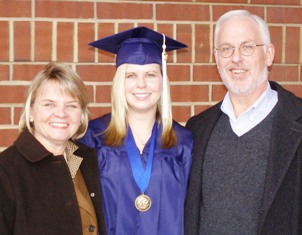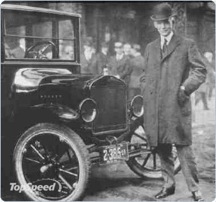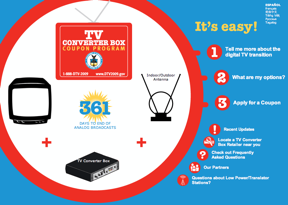Will Smittinet recently graduated from Smeal with degrees in Finance and Economics, with a Minor in International Business. Will is currently completing an executive internship in the oil, gas, and petrochemical business in his native Thailand. He will complete this internship in a few months, after which he will return to the U.S. to complete an M.S./ Ph.D. at a top school.
I first met Will as an MIS 204 student, and came to know him much better when he returned to complete independent study as a Teaching Intern. I would describe Will as very unique. He is quite gracious, and able to carry a tremendous intellect without a trace of pretension. Below are his thoughts on “MIS 204 in Practice.”

Our company encompasses the entire petrochemical value chain from upstream (oil research and drilling) to downstream (retail sales and service). As such, all information – from the price and quantity of raw materials to the final products – play a crucial role in our short and long-term investments. This is true whether it is gasoline, polypropylene, or even the type of plastic we plan to make today. We use IS to support our use of both physical goods and also financial derivatives to maximize profits and minimize effects from oil and gas price fluctuations.
Management Information Systems (MIS) plays a crucial role as a supportive system for information processing and management roles. As I travel around the world, I rely heavily on speed, accuracy and up-to-date information from our MIS and IT departments. The bottom-line of my company investment portfolio, as well as my short and long-term strategies, always depends on access to quality information.
In the oil, natural gas, and petrochemical business, the margins along the value chain are quite slim, highly competitive and regulated. As a result, the profit and loss on middle to downstream processes are less than a point of a percentage basis. Even upstream projects only yield a relatively modest margin, despite requiring massive amounts of research, cutting edge technology and investment. As a result, access to information can yield modest, but important, upstream gains that can be used to offset middle or downstream losses.
Increasingly, we rely on IT, MIS and more recently Knowledge Management (KM). KM enables the instant transfer of knowledge between experienced employees and executives, even after some have left or retired. KM guarantees that our company will not suffer a shortage of either technical or personal expertise, allowing us to maintain a good relationship with our partners, suppliers and customers.
MIS 204 offers a wide and critical perspective on how to use and even request additional services. These services could support split-second investment decisions. In fact, I believe that our trading team (who purchase a billion barrels of crude oil and gas daily) requires even more IS support today.
Thanks, Will S.
 Leslie’s activities at Penn State included independent study as a MIS 204 Teaching Intern, Thon Rules and Regulations Committee, a tutor at the Morgan Academic Support Center for Student Athletes, a Smeal Building Ambassador and Smeal Representative to Undergraduate Student Government (USG). She completed two internships, a co-op, as well as one summer studying at Maastricht University in the Netherlands. Her Awards and Honors include the R. Gene Richter Scholar, Dean’s List (every semester), and Honor Society Memberships in Beta Gamma Sigma and Phi Eta Sigma.
Leslie’s activities at Penn State included independent study as a MIS 204 Teaching Intern, Thon Rules and Regulations Committee, a tutor at the Morgan Academic Support Center for Student Athletes, a Smeal Building Ambassador and Smeal Representative to Undergraduate Student Government (USG). She completed two internships, a co-op, as well as one summer studying at Maastricht University in the Netherlands. Her Awards and Honors include the R. Gene Richter Scholar, Dean’s List (every semester), and Honor Society Memberships in Beta Gamma Sigma and Phi Eta Sigma.







